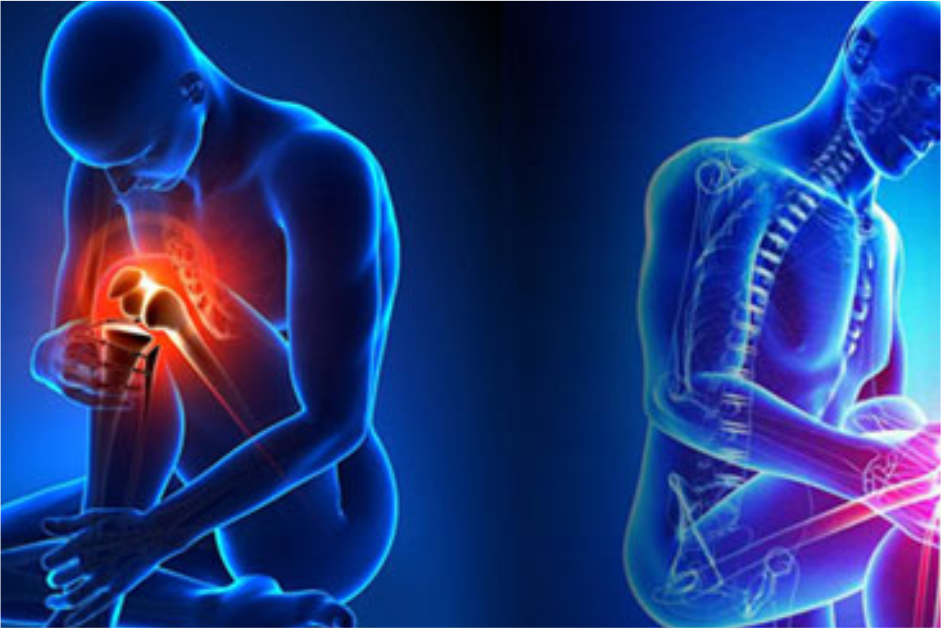
Navigating Orthopedic Trauma: Causes, Treatment, and Recovery
Orthopedic trauma refers to severe injuries affecting the bones, joints, muscles, ligaments, or tendons, often resulting from accidents, falls, sports injuries, or violence. These traumatic incidents can lead to fractures, dislocations, soft tissue injuries, and other orthopedic issues, causing significant pain, disability, and functional impairment. In this article, we explore the causes, treatment options, and recovery process for orthopedic trauma.
Causes of Orthopedic Trauma:
- Accidents: Motor vehicle accidents, falls from heights, and workplace incidents are common causes of orthopedic trauma. The high-energy impact involved in these accidents can result in multiple fractures, complex injuries, and soft tissue damage.
- Sports Injuries: Athletes and sports enthusiasts are susceptible to orthopedic trauma due to the physical demands and high-impact nature of certain sports activities. Injuries like fractures, ligament tears, and muscle strains can occur during contact sports, repetitive motion sports, or accidents on the field.
- Violence: Physical altercations, assaults, and gunshot wounds can cause severe orthopedic injuries, including fractures, joint dislocations, and nerve damage. These traumatic incidents often require immediate medical intervention to prevent complications and optimize outcomes.
- Falls: Falls, particularly among the elderly population, can result in orthopedic trauma such as hip fractures, wrist fractures, and spinal injuries. Osteoporosis, poor balance, and environmental hazards increase the risk of sustaining serious injuries from falls.
Treatment of Orthopedic Trauma:
- Emergency Care: Prompt evaluation and stabilization are critical in managing orthopedic trauma. In the emergency department, healthcare providers assess the extent of injuries, control bleeding, immobilize fractures, and address other immediate concerns to prevent further damage and ensure patient safety.
- Diagnostic Imaging: Imaging studies such as X-rays, CT scans, and MRI scans are essential for accurately diagnosing orthopedic trauma and evaluating the extent of damage. These imaging modalities help orthopedic surgeons plan appropriate treatment strategies tailored to each patient’s specific needs.
- Fracture Management: Fracture treatment varies depending on the type, location, and severity of the injury. Non-displaced fractures may be managed conservatively with casting, splinting, or bracing to promote healing and prevent displacement. In cases of displaced or unstable fractures, surgical intervention may be necessary to realign the bones and stabilize the fracture site using internal fixation devices like plates, screws, or rods.
- Soft Tissue Repair: Orthopedic trauma often involves injuries to soft tissues such as muscles, ligaments, and tendons. Surgical repair may be required to restore function and stability, particularly in cases of complete tears or avulsions. Physical therapy and rehabilitation play crucial roles in the postoperative period to optimize recovery and regain strength and mobility.
- Joint Dislocations: Dislocations occur when the bones comprising a joint are forced out of their normal alignment. Reduction techniques, either closed (manipulation without surgery) or open (surgical intervention), are used to relocate the joint and restore its normal position. Rehabilitation following joint dislocation focuses on strengthening surrounding muscles, improving range of motion, and preventing recurrent dislocations.
Recovery from Orthopedic Trauma:
- Early Mobilization: Depending on the severity of injuries and treatment received, early mobilization and rehabilitation are vital for promoting healing and preventing complications like stiffness, muscle atrophy, and joint contractures. Physical therapists design individualized exercise programs to gradually increase mobility, strength, and function while minimizing pain and discomfort.
- Pain Management: Orthopedic trauma can cause significant pain and discomfort during the recovery process. Pain management strategies may include medication, physical modalities such as ice or heat therapy, and transcutaneous electrical nerve stimulation (TENS). It is essential to balance pain relief with potential side effects and ensure patients’ comfort and well-being.
- Follow-up Care: Regular follow-up appointments with orthopedic surgeons and rehabilitation specialists are essential for monitoring progress, addressing concerns, and adjusting treatment plans as needed. Imaging studies may be repeated to assess healing and ensure optimal alignment of fractures or surgical implants.
- Psychosocial Support: Coping with orthopedic trauma involves not only physical challenges but also emotional and psychological adjustments. Patients may experience feelings of frustration, anxiety, or depression as they navigate the recovery process and adapt to changes in their daily lives. Psychosocial support from healthcare professionals, family members, and support groups can provide encouragement, guidance, and reassurance during this challenging time.
Conclusion:
Orthopedic trauma can have profound implications for individuals, affecting their physical, emotional, and social well-being. Prompt and appropriate management of orthopedic injuries is essential to minimize complications, promote healing, and facilitate recovery. Through a comprehensive approach encompassing emergency care, surgical intervention, rehabilitation, and ongoing support, patients can achieve optimal outcomes and regain function and independence following orthopedic trauma. Collaboration between healthcare providers, patients, and their support networks is crucial in navigating the complexities of orthopedic trauma and restoring patients’ quality of life.


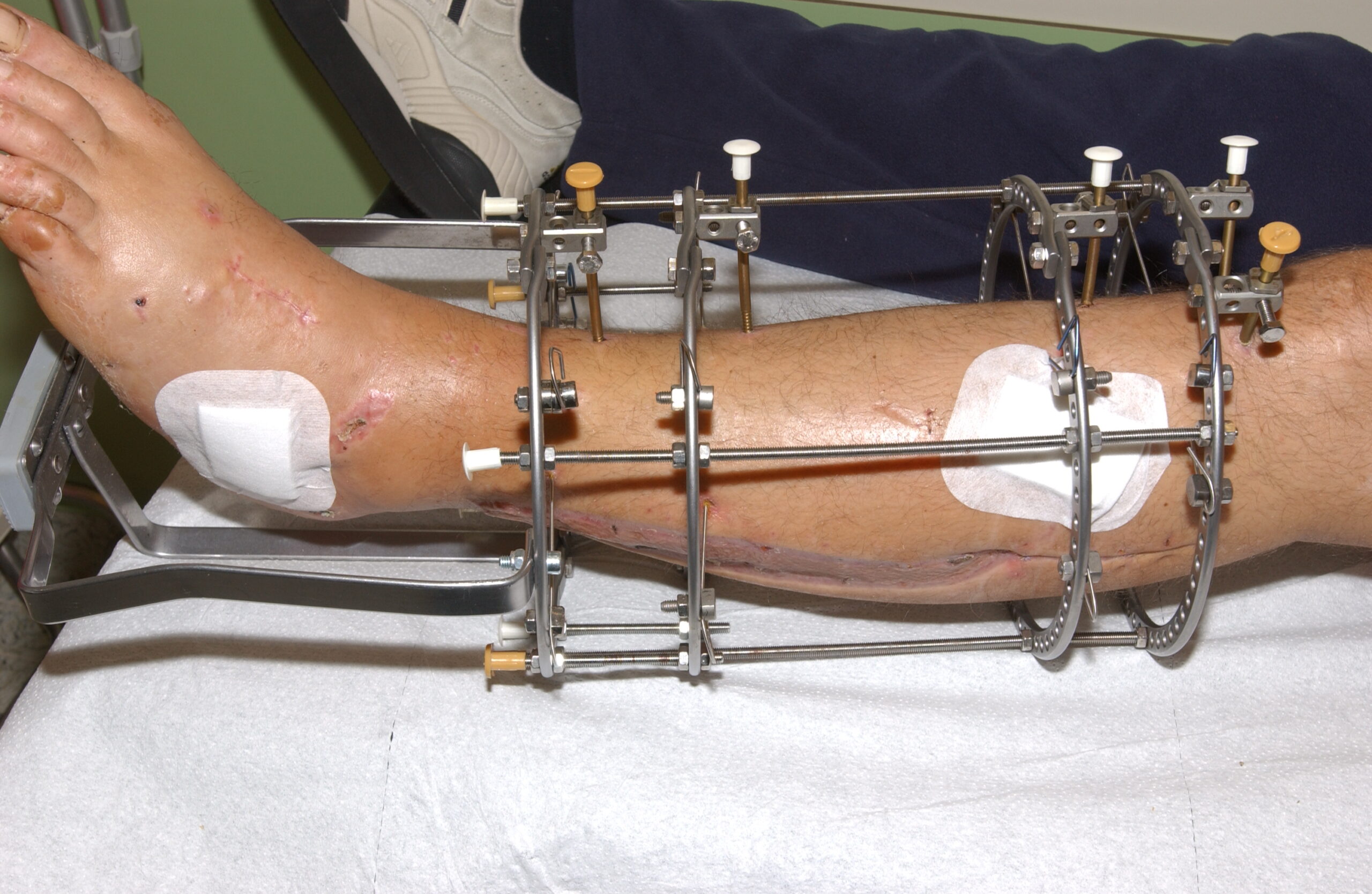
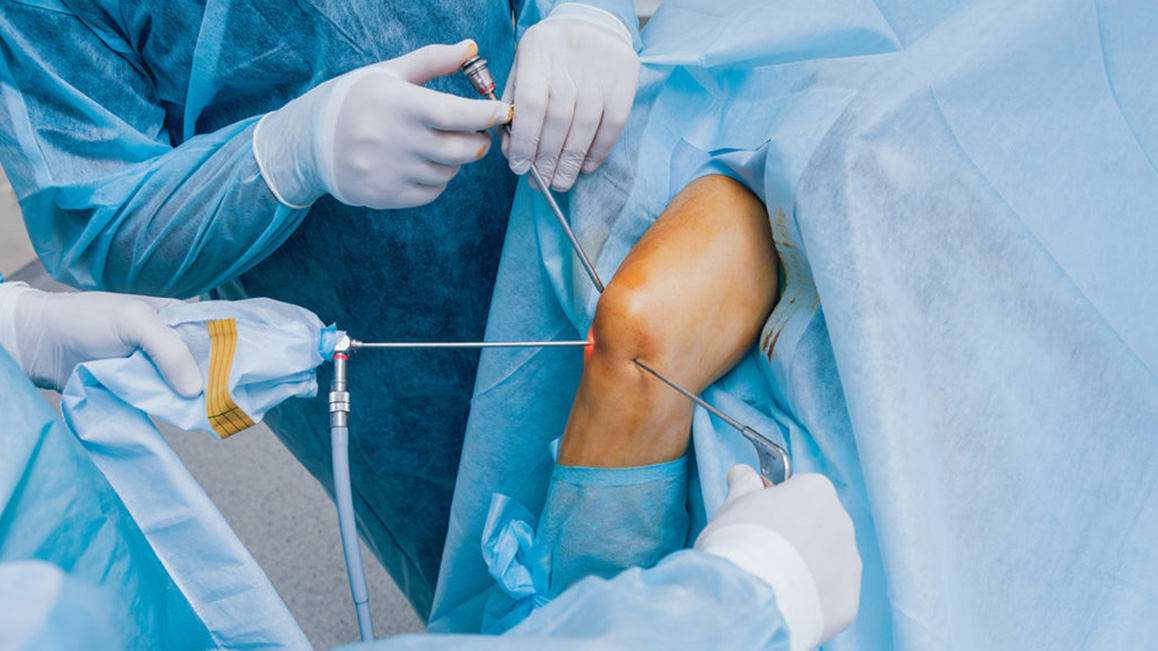
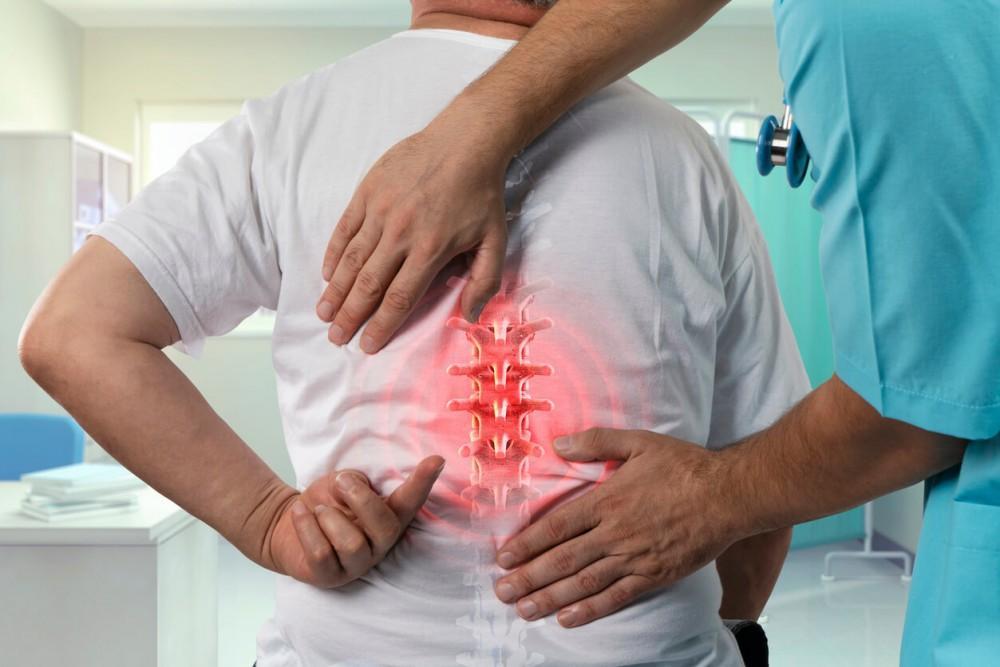
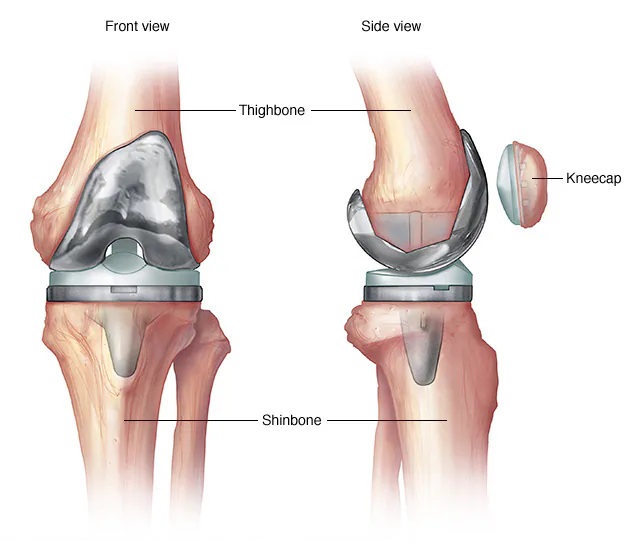
Leave a Reply